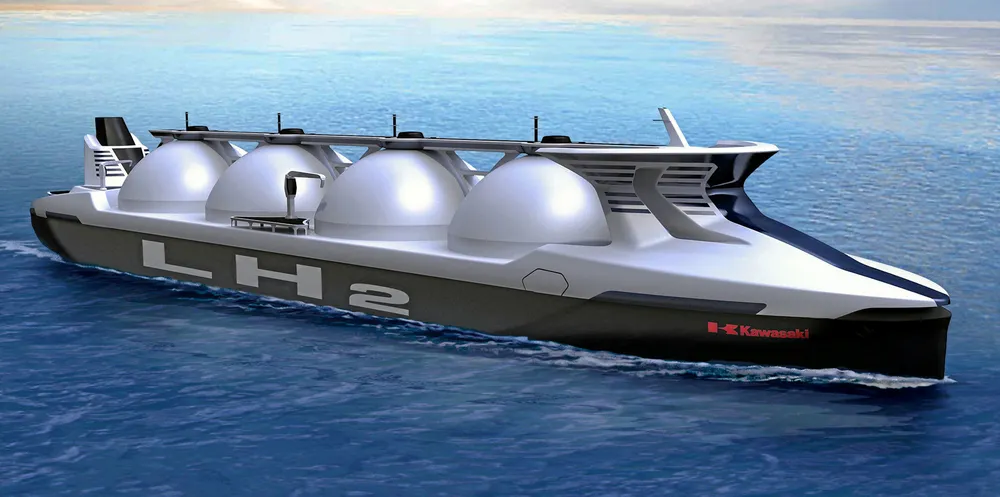'Green hydrogen imports will be cheaper than locally produced H2 in Europe from 2024': study
Imported renewable H2 could 'break' EU dependence on Russian natural gas, says US environmental non-profit RMI

Imported renewable H2 could 'break' EU dependence on Russian natural gas, says US environmental non-profit RMI
